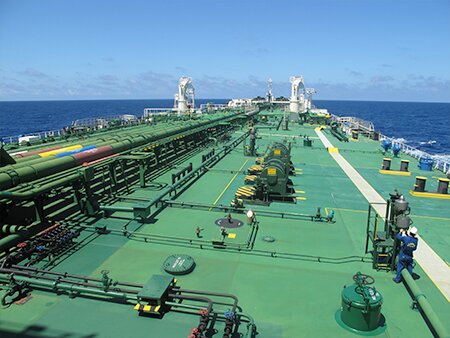Spatio-temporal analysis of global marine oil tanker spills over half a century (2020)
Written by 11 October 2022

For the past five decades, ITOPF has reported comprehensively on the temporal trends of oil tanker spills and other industry publications have provided insights based on temporal analysis. Spatial distribution and trends of accidental oil spills from tankers have also been analysed and reported to some extent, mainly focussing on large spills and the major oil spills in history. There, however, remains a paucity of information on the spatial distribution of oil tanker spills globally, particularly for past decades. This is unsurprising considering the uncertainty of location information in some historical reports. The analyses of both spatial and temporal dimensions of historical oil spill data are significant in the assessment of risk for the improvement of safety in marine waters. Today, Automatic Identification Systems (AIS), remote sensing and Geographic Information Systems (GIS) are all being explored to detect spill locations and expand knowledge on oil spills.
This paper provides a global overview of the spatial distribution of accidental marine oil tanker spills of size 7 tonnes and over, based on ITOPF’s spills database, and explores spatio-temporal patterns over 50 years using GIS. The main purpose of this study is to produce maps that represent actual spill occurrence and highlight areas of high and low densities as accurately as possible rather than to emphasise on spatial statistics. The results emphasise the dramatic decline in oil tanker spills globally over half a century and show spatial variations in oil spills over the period. They also show a strong relationship between oil movement and oil tanker spills when frequency of oil spills in the various regions is compared with world seaborne trade data over ten years.
Category: Papers
